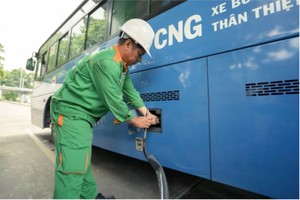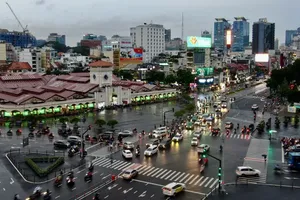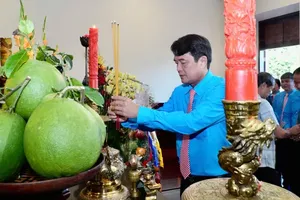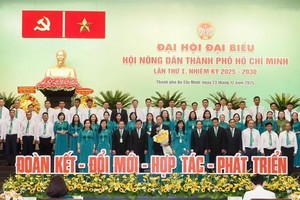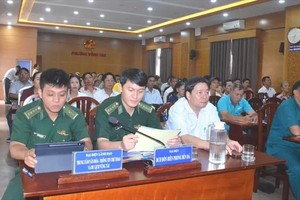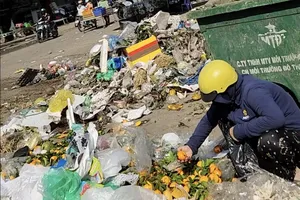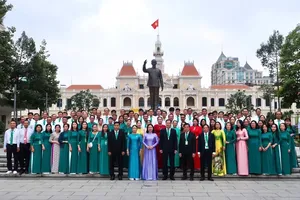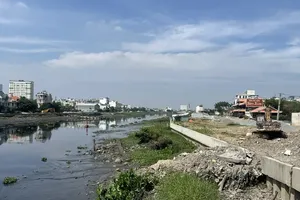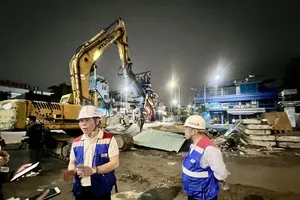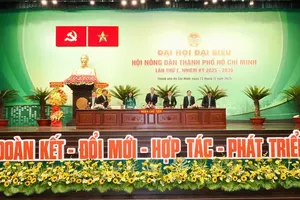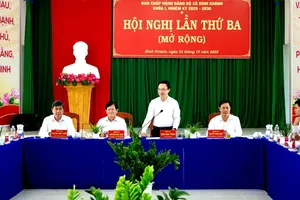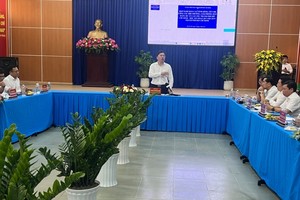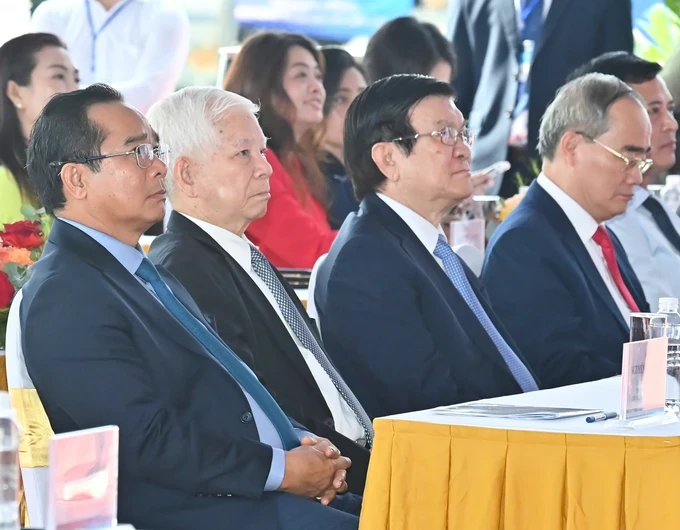
Attending the groundbreaking ceremony for the Can Gio sea reclamation tourist urban area were former State Presidents Nguyen Minh Triet and Truong Tan Sang, former permanent member of the Party Central Committee's Secretariat Le Hong Anh, former Secretary of the Ho Chi Minh City Party Committee Nguyen Thien Nhan, Deputy Prime Minister Nguyen Chi Dung.
Ho Chi Minh City’s leaders, including Chairman of the People’s Committee of the City Nguyen Van Duoc, Standing Vice Chairman of the People’s Committee of the City Duong Ngoc Hai, Vice Chairman of the municipal People’s Committee Vo Van Hoan, and leaders of departments and Vingroup.
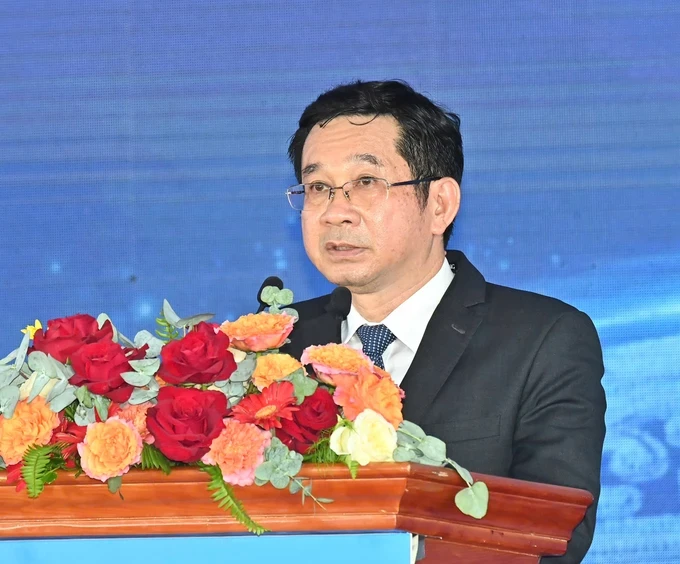
Speaking at the groundbreaking ceremony, Standing Vice Chairman of the Ho Chi Minh City People’s Committee, Duong Ngoc Hai, said that the Can Gio sea reclamation tourist urban area is expected to be more than a typical urban area. It will be developed into an international-standard eco-smart city and an eco-friendly tourism and leisure urban area. This project is a pioneering model that integrates technology, renewable energy, ecosystem conservation, and human development.
The project also includes a 108-storey building, the largest performing arts complex in Southeast Asia, and an international hospital to create a megacity to attract domestic and foreign experts, entrepreneurs, and tourists. The project is expected to create tens of thousands of jobs, boost the development of services and commerce, increase State budget revenue, and improve the quality of life for residents. The Can Gio sea reclamation tourist urban area will become a key destination in the strategy of developing Ho Chi Minh City into an international economic, financial, and tourism hub.
The city’s government will accompany and closely coordinate with the investor during the implementation process, promptly address administrative procedures, and create favorable conditions for infrastructure connectivity and investment environment. In addition, the city will strictly monitor environmental protection commitments, ecosystem conservation, and social responsibility, ensuring a harmonious development between economic growth and nature, he emphasized.

According to a detailed zoning plan scaled 1:5,000 of the Can Gio urban-tourism area approved by the People’s Committee of Ho Chi Minh City, the sea reclamation project covering an area of 2,870 hectares is located in a low-lying coastal zone in Long Hoa Commune, Can Thanh Town.
The Can Gio sea reclamation tourist urban area is divided into four zones, including A, B, C, and D–E. Specifically, division A, covering 953 hectares, is planned as an ecological residential area associated with tourism services at the gateway of the Can Gio sea reclamation tourist urban area.
Division B, covering 659 hectares, is designated for residential and leisure areas, public service facilities, administrative offices, and green spaces.
Division C, covering 318 hectares, is planned as a center for finance, economy, commercial services, office spaces, port facilities, and a modern urban area.
Division D, covering 480 hectares, is designated as a hub for premium commercial services, luxury resorts, and modern urban areas.
Division E, covering 458 hectares, consists of water surfaces, canals, and green spaces.
According to the Ho Chi Minh City Master Plan for 2021–2030, with a vision to 2050, Can Gio District will be developed into an eco-urban area with the goal of preserving the biosphere reserve while focusing on developing the marine economy, particularly a transshipment port and a free trade zone, logistics and transportation, tourism, coastal eco-urban areas, and renewable energy.
